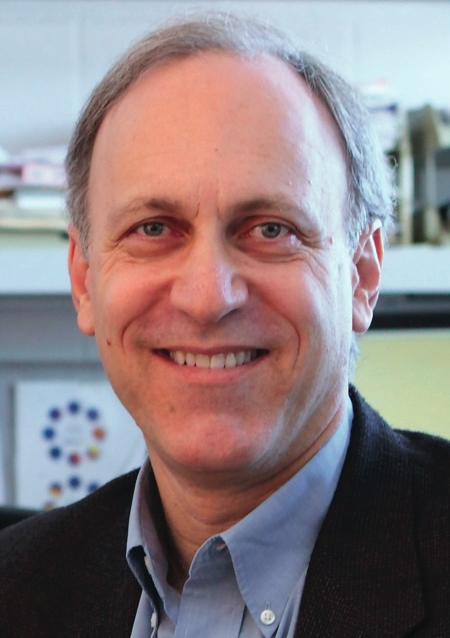“I have these lucid dreams,
Where I can’t move a thing”
-Anonymous
The scientists have proved this wrong on Feb 18,2021. They said the lucid dream situation is advantageous and they have been able to move many things by talking to the dreamer, in real time, experiencing lucid dreams.
Studying dreams has been a challenge since the dreamer tends to get forgetful of his dream(s). The brain doesn’t form new memories while sleeping. It’s more like asking how the potassium cynide tastes. Nobody has ever lived to tell the taste of – potassium cynide. A pinch of it can instantly kill a person even before he or she could describe the taste. Because the retrospective dream revelations are subject to distortion and forgetting, this presents a fundamental challenge for neuroscientific studies of dreaming.
The scientist’s ability to communicate with dreamers in real time, such that they could describe their experiences while in the midst of a dream, would pave the way for exploring dream experiences scientifically and throwing more light on this subject.
Regular versus Lucid Dreams-
In regular dreams, people misconstrue their experience with a high degree of reality; they fail to realize that their experience is merely a dream. On the other hand, in a “lucid dream” the dreamer gains the elusive insight of being in a dream.
Lucid dreams occur predominantly during REM (Rapid Eye Movement) sleep and can be accompanied by eye-movement signals used to indicate that dreamers recognize that they are dreaming. However, lucid dreaming is a rare phenomenon and lucid dreams can seldom be summoned at will. This has made it difficult for researchers to capture lucid dreams in the lab in a reliable manner.
The Breakthrough-
According to the results of four experiments described in the journal Current Biology on Thursday (Feb. 18,2021) ; the dreamers can follow instructions, solve simple math problems and answer yes-no questions without ever waking up.
HIGHLIGHTS OF THE STUDY WERE – TO ALLOW FOR TWO-WAY COMMUNICATION WITH INDIVIDUALS DURING A LUCID DREAM, MATH PROBLEMS, AND YES-NO QUESTIONS WERE PRESENTED FOR A PROOF-OF-CONCEPT DEMONSTRATION AND THAT THE DREAMERS ANSWERED IN REAL TIME WITH VOLITIONAL EYE MOVEMENTS OR FACIAL MUSCLE SIGNALS.


Multiple demonstrations of successful two-way communication during lucid dreams were conducted by four independent scientific teams in France, Germany, Netherlands, and USA.
There were three different participant categories:
(i) Experienced lucid dreamers,
(ii) Healthy people with minimal prior experience who we trained to lucid dream, and
(iii) A patient with narcolepsy, a neurological disorder characterized by excessive daytime sleepiness, short-latency REM sleep periods, and frequent lucid dreaming.
Evidence of two-way communication was found with all three participant categories, and also with both nocturnal sleep and daytime naps.
Preparing the ground for study-
Ken Paller and his team are involved in cognitive neuroscience research at Northwestern University in Evanston, Illinois. He also serves as Director of the Training Program in the Neuroscience of Human Cognition. Ken’s collaborative research with his students and colleagues focuses on human memory, consciousness, and related issues.

Northwestern University
Recent research articles have examined sleep’s role in memory and memory dysfunction. His investigations make use of various behavioral measures of memory, analyses of brain electrical activity from the EEG, patterns of cognitive deficits in neurological patients, and MRI methods. Further research details and downloadable papers are available on his lab website. When you click on “lab website” hyperlink what you see is the description of the lab and also “call” for volunteers to undergo the brain wave experiments.
Quite understandable, that in order to arrive at specific conclusions experiments need to be conducted and volunteers are required to undergo the trials. People all across the world were allowed to participate in brain wave experiments. Volunteers were paid $10/hour for brain wave experiments.
Experimental set up –
Participants are asked to sit in a comfortable reclining chair in sound-proof chamber. There is an intercom system to provide communication with the experimenter. Visual & auditory cues are presented by the computer, and the participant is asked to respond by pressing buttons according to specific instructions.
Participants have recording sensors temporarily placed on their head in a procedure similar that used in electroencephalography (EEG). We use an elastic cap, much like a swimming cap, which contains small circular sensors. Conductive gel is inserted into the sensors to connect them to the scalp. The procedure is noninvasive and painless. The gel is water-soluble, non-toxic, and similar to petroleum-based hair gel, and it is easily washed out of the hair. The entire experiment typically lasts 2-3 hours. Further details particular to each experiment are given at the time of the experiment.
Conclusion –
The researchers asked 158 questions to lucid dreamers who responded correctly 18.6 percent of time. The dreamers gave the wrong answer to only 3.2 percent of the questions, 17.7 percent of their answers were not clear and 60.8 percent of questions got no response.
After several questions, the dreamers were woken up and asked to describe their dreams. Some remembered the questions as a part of the dream. One dreamer said that he was partying while the experimenter intercepted to ask question.
According to Ken Peller, senior author, Northwestern University the study revealed that the individuals in REM sleep can interact with experimenter and engage in real time communication. This is a breakthrough achievement because now there is milieu of hope to solve the puzzle called dreams!!
The team plans to build on this study with more experiments that will probe the possibilities of two-way communication with lucid dreamers.
Sources –














